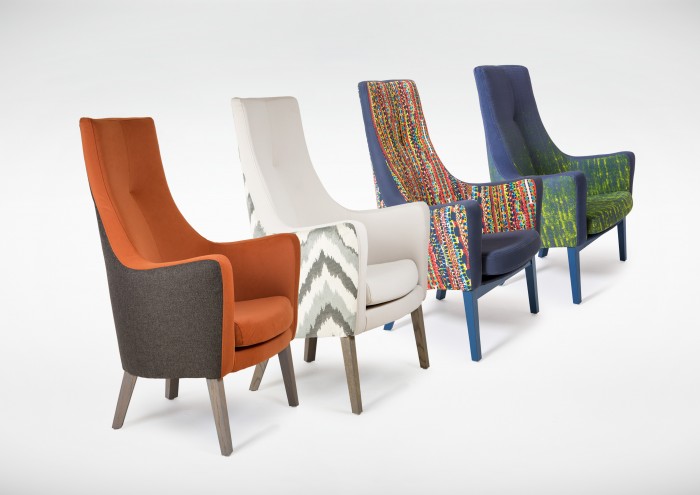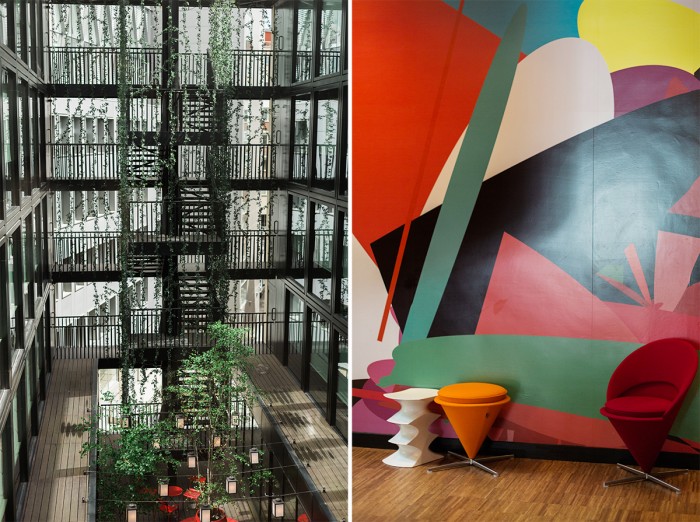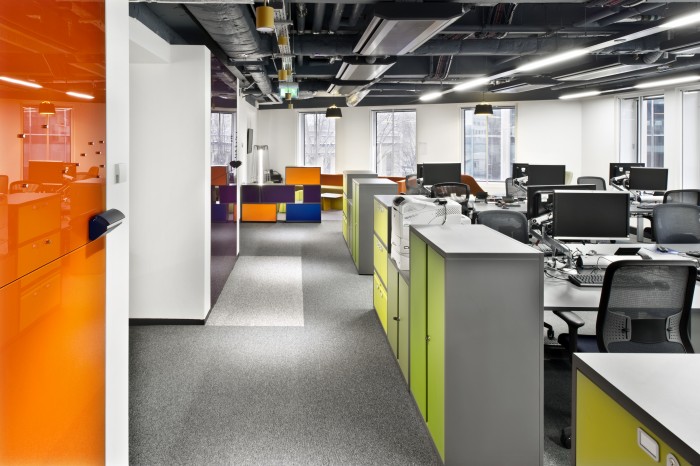THE BIG QUESTION: TRANSITION – WHAT IS CAUSING IT? Part 2
Design Insider went out to the BCFA Members to see what their experience and thoughts are on the crossover of design between different market sectors.
Here is what they said:
HF Contract on Healthcare
 We’ve always experienced crossover within a variety of sectors due to the nature of what we offer. Trend based items filter through retail interiors at a rate of knots and eventually coincide with Hotels, Restaurants, Care Homes and Work Environments. This is due to the ever-growing demand of consumers to be stimulated amongst an over saturated market.
We’ve always experienced crossover within a variety of sectors due to the nature of what we offer. Trend based items filter through retail interiors at a rate of knots and eventually coincide with Hotels, Restaurants, Care Homes and Work Environments. This is due to the ever-growing demand of consumers to be stimulated amongst an over saturated market.
The consumer is the ultimate gauge to deciding when interior trends merge. Within the healthcare sector, we now understand that ageing rock fans, entrepreneurs of the sixties and seventies and ordinary folk who have lived and worked in modern environments may well baulk at having to sit in something whose style is rooted in past centuries, and whose ‘look’ they may regard as stigmatising. In response we have collaborated with Birmingham City University to produce the Cello, a product that suffices the postural needs of the occupant, yet offers a stylistic edge.
Tektura on Office
 Office interior design = wellbeing and productivity.
Office interior design = wellbeing and productivity.
A hotel interior = wellbeing, re-energising.
Whilst the aim is the same, interior design for each would be poles apart in days gone by.
Now, it’s sometimes difficult to differentiate.
Office space takes note and creates quiet areas for reflection and rest; open colourful areas for team bonding and play;
Acoustic pods offer quiet areas for concentration, private conversation and meditative thought
Breakout and communal areas are no longer limited to a coffee machine; ping-pong tables grace some offices now, along with lowrise seating, beanbags even – but these areas double up as collaborative, brainstorming spaces
An eclectic approach to furniture creates informality.
Colour mixing adds to informality.
Camira on Healthcare
 Camira supplies upholstery fabrics to a range of different sectors including commercial interiors, hospitality, education and healthcare and there are noticeable similarities in the design and specification.
Camira supplies upholstery fabrics to a range of different sectors including commercial interiors, hospitality, education and healthcare and there are noticeable similarities in the design and specification.
There is a definite influence of hospitality design in healthcare, evidenced in a recent project for the Sid Watkins Building, where the brief specifically asked for ‘a high quality feel which you would normally associate with a hotel rather than an NHS hospital’.
In terms of fabric specification, the lines between the trends of each market sector are being blurred and because of the familiarity and cross-over, end users are more comfortable with adventurous colour, new texture and pattern combinations.
Designers are becoming more creative and experimental about using design influences from other sectors, mixing up colours and textures, patterns and plains, to create spaces that are welcoming, comfortable but are easy to refresh and reconfigure to give different looks.
End-users’ demands and expectations are also directing change. Young people entering the workplace are used to flexible, collaborative and adaptive zones in college and university, while older folk opting for residential care have higher design sensibilities, seeking a stylish domestic look rather than a clinical, institutional feel.
GX Glass on Office
 A significant development has been the demand for bespoke glass requirements, such as branding and corporate colours in the contract furniture industry. In the commercial and contract fit-out sectors we have seen an increase in the demand for glass in a huge variety of colours and finishes as part of large interior design schemes. This has led to the expansion of our business into design-led interior glass across the interiors market in multiple sectors.
A significant development has been the demand for bespoke glass requirements, such as branding and corporate colours in the contract furniture industry. In the commercial and contract fit-out sectors we have seen an increase in the demand for glass in a huge variety of colours and finishes as part of large interior design schemes. This has led to the expansion of our business into design-led interior glass across the interiors market in multiple sectors.
There is now no ‘normal’ when it comes to different environments we interact with every day. A move away from traditional working practices, a rise in more collaborative and creative education spaces and an evolution of how people take their leisure time have all impacted on the design of space across industry sectors. Designers now need to create environments which cater to multiple activities and uses.




